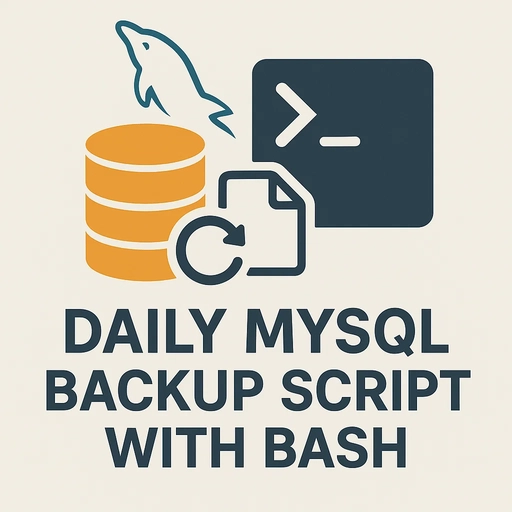JavaScript Basics: A Beginner's Guide
JavaScript is a versatile and essential programming language for web development. Whether you're building interactive websites, web applications, or mobile apps, JavaScript plays a key role in making your projects dynamic. In this tutorial, we'll walk you through the basics of JavaScript with easy-to-understand examples.
Table of Contents
- What is JavaScript?
- Setting Up JavaScript
- JavaScript Syntax
- Variables in JavaScript
- Data Types in JavaScript
- Operators
- Control Structures (Conditionals & Loops)
- Functions
- Conclusion
1. What is JavaScript?
JavaScript is a high-level, interpreted programming language commonly used to make web pages interactive. It runs on the client side (in the user's browser), making it an essential tool for front-end developers. With JavaScript, you can add effects like form validations, animations, and more to your website.
2. Setting Up JavaScript
You can include JavaScript in your HTML file in two ways:
- Inline JavaScript: Write JavaScript directly within an HTML element.
- External JavaScript: Link to an external JavaScript file.
Inline Example:
<!DOCTYPE html>
<html>
<head>
<title>Inline JavaScript Example</title>
</head>
<body>
<h1>Click the button to see an alert!</h1>
<button onclick="alert('Hello, World!')">Click Me</button>
</body>
</html>
External Example:
<!DOCTYPE html>
<html>
<head>
<title>External JavaScript Example</title>
<script src="script.js"></script>
</head>
<body>
<h1>Check your console for the message!</h1>
</body>
</html>
// script.js
console.log("Hello, World!");
3. JavaScript Syntax
JavaScript syntax is simple but important to learn. Here's a basic example:
console.log("This is JavaScript!");
The console.log() function prints a message to the console, which you can view in your browser's developer tools.
4. Variables in JavaScript
Variables store data values. In JavaScript, you can declare variables using var, let, or const.
- var: Older way of declaring variables.
- let: Modern way to declare block-scoped variables.
- const: Declares a constant that cannot be reassigned.
Example:
let name = "John"; // Using 'let'
const age = 25; // Using 'const'
var country = "USA"; // Using 'var'
console.log(name); // Outputs: John
console.log(age); // Outputs: 25
console.log(country); // Outputs: USA
5. Data Types in JavaScript
JavaScript has various data types, including:
- String: Textual data (
"Hello") - Number: Numeric data (
123) - Boolean: True or false (
true,false) - Object: Complex data (
{name: "John", age: 25}) - Array: List of values (
["Apple", "Banana", "Cherry"])
Example:
let message = "Hello, World!"; // String
let score = 95; // Number
let isValid = true; // Boolean
let user = {name: "John", age: 25}; // Object
let fruits = ["Apple", "Banana", "Cherry"]; // Array
